Industry information
Company News
- Punched aluminum veneer: the perfect combination of creativity and practicality!
- Customized aluminum veneer, creating personalized space and new fashion
- New trend of aluminum plate: analysis of the charm of punched aluminum veneer
- Aluminum veneer: understated luxury in modern architecture
- Carved aluminum veneer: the finishing touch of modern architecture
Industry dynamics
- Punched aluminum veneer: a fashionable choice for modern architecture
- Aluminum veneer: a light luxury interpretation of industrial aesthetics
- Understand the raw materials of aluminum veneer
- Exploring the charm of fluorocarbon aluminum veneer: the low-key luxury of the weather resistant king
- Gain a deeper understanding of customized aluminum veneer services
Frequently asked questions
- What conditions are required for the production of aluminum veneer?
- What are the product characteristics of aluminum veneer?
- What are the applications of aluminum veneer in architectural decoration?
- What safety issues should be paid attention to in the production and manufacturing of aluminum veneer?
- How to improve the product quality and performance of aluminum veneer?
contact us
Mobile:+86 15627778610
Email: 2201229786
Address: No. 5 Binjiang Road, High tech Zone, Zhaoqing City, Guangdong Province
Is the use of aluminum veneer in modern architecture subject to the requirements of building material sustainability? What are the requirements?
- Author: Supreme Building Materials (Guangdong) Co., Ltd
- Release time: 2022-02-26 22:54:55
- Click:0

With the continuous improvement of people's awareness of environmental protection, the demand for sustainability of building materials is also increasing. Does aluminum veneer, as a new type of building material, meet this requirement? This article will provide a detailed introduction from multiple perspectives on whether the use of aluminum veneer in modern architecture is subject to the requirements of building material sustainability and related requirements.
1、 Material source
The material of aluminum veneer mainly comes from the production and processing of aluminum materials. Generally speaking, high-quality aluminum materials should have high strength and stiffness, as well as good corrosion resistance and recyclability. When choosing aluminum materials, attention should be paid to their source and quality, and high-quality aluminum materials that meet national environmental standards should be selected as much as possible.
2、 Production process
The production process of aluminum veneer is also an important factor affecting its sustainability. Generally speaking, adopting advanced production processes can reduce energy consumption and environmental pollution, while also improving the manufacturing efficiency and quality of aluminum veneer. Attention should be paid to energy conservation, emission reduction, and resource recycling in the production process to ensure the sustainability of aluminum veneer.
3、 Surface treatment process
The surface treatment process of aluminum veneer is also an important factor affecting its sustainability. Generally speaking, adopting environmentally friendly surface treatment processes can reduce the impact on the environment, while also improving the decorative effect and service life of aluminum veneer. During the surface treatment process, attention should be paid to environmental protection and health issues, and surface treatment materials and processes that meet national environmental standards should be selected.
4、 Recycling and Utilization
Aluminum veneers may experience damage or aging during use, which requires recycling and reuse. Recycling not only reduces resource waste, but also minimizes the impact on the environment. In the process of recycling, it is necessary to pay attention to safety and environmental protection issues, and take corresponding measures to handle and utilize them.
The use of aluminum veneer in modern architecture needs to comply with the requirements of building material sustainability. This includes selecting high-quality aluminum materials that meet national environmental standards, adopting advanced production processes, choosing environmentally friendly surface treatment processes, and strengthening recycling and utilization. Only by fully considering these factors and taking corresponding measures for optimization and control, can the advantages of aluminum veneer be fully utilized to provide safer, more aesthetically pleasing, and environmentally friendly solutions for buildings.


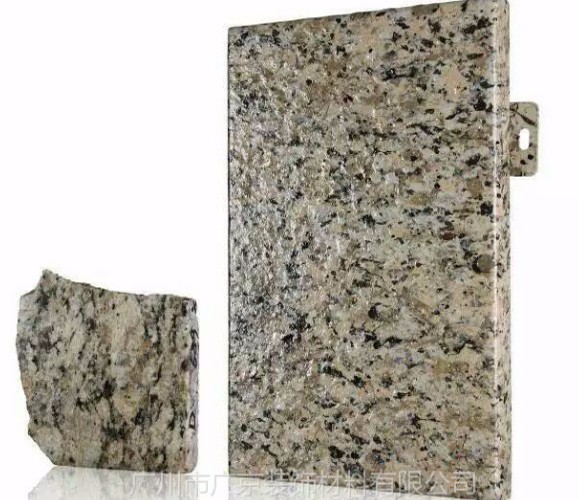
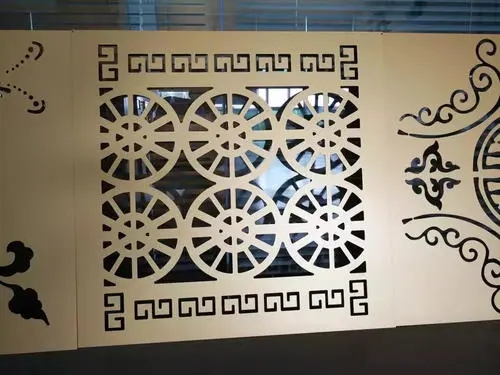
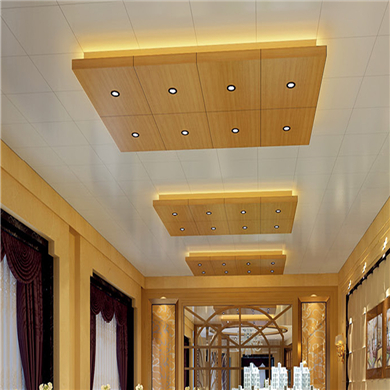
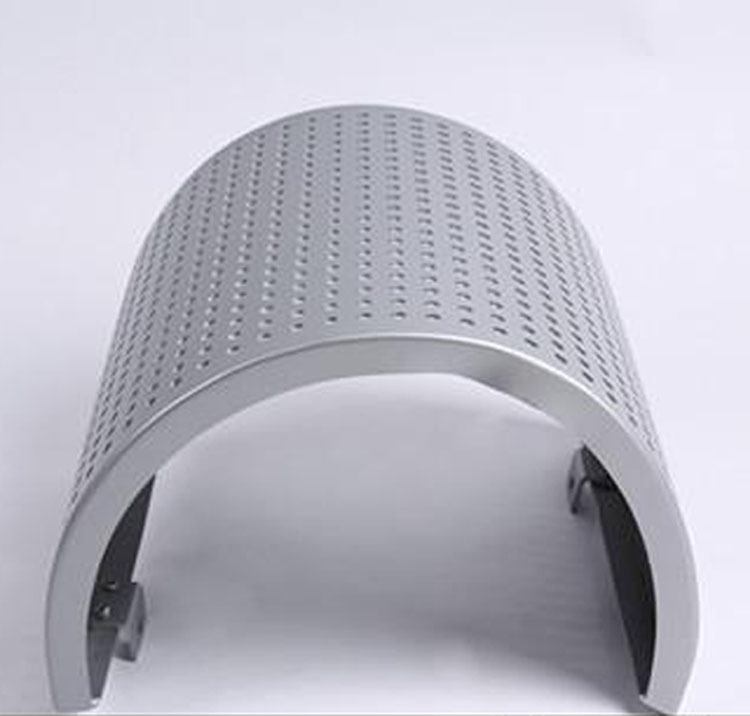
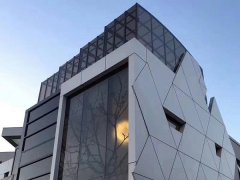
 Customer service QQ
Customer service QQ